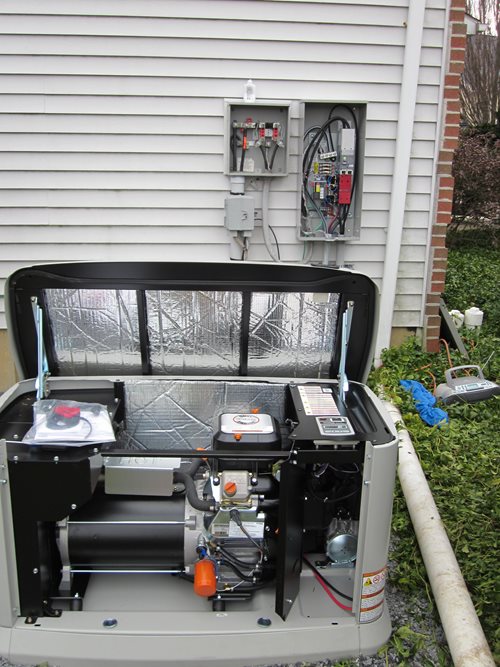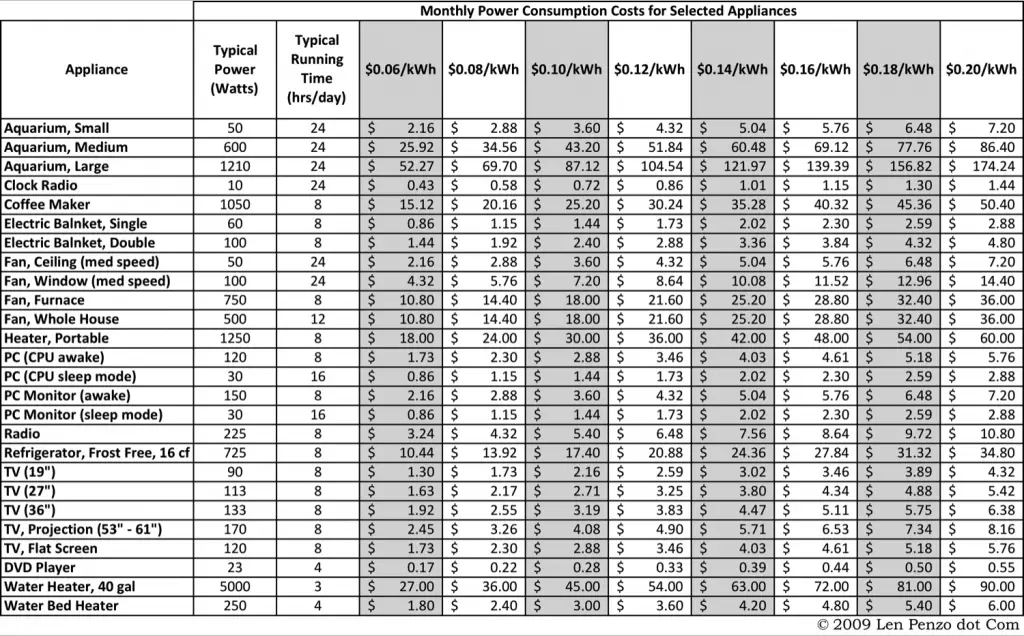Cost For Whole House Generators Including Installation
Table of Content
Portable generators are the most popular type of generator on the market, and they come in a wide range of prices. You can find small, portable generators for around $200, and they go up to around $1,500 for larger models. There are lots of different generator sizes out there to choose from. If you need just a bit of power during an overnight camping trip, the smallest type of generator will be the best choice. And if you’re just hoping to be able to keep your refrigerator cold during a brief power outage, you’d likely still be fine using a portable generator. For $2,000 to $6,000, you can find a natural gas generator that can power your whole house .

This ensures that the exhaust fumes will not cause any issues with air quality inside the home. Ultimately, which generator is “better” is dependent on the specific needs of the user, as well as the available budget. Both Kohler and Generac offer a wide range of models, and researching the specs and features of each model can help you determine which is the best for your purposes. When it comes to generators, there is no single answer to this question as what is “better” depends on a variety of factors.
Generator Installers Near You
Should you purchase a generator that does not meet your power requirements, it will put unnecessary stress on the unit and even cause damage to the devices connected to it. Running on a full load will roughly consume 1.6 gallons of diesel per hour. That works out to about $4.8 per hour and $115 for a full day’s work. Whole house generators require advanced electrical wiring and secure gas hookup.
Nevertheless, installing a whole house generator provides the owner with an uninterrupted power supply, even when the primary power supply grid decides to leave you in the dark. A standard 5-kilowatt portable generator consumes 0.75 gallons per hour or 18 gallons per day, which costs about $40 per day. Whole-house 15 to 20 kW standby generators consume 1.22 to 1.60 gallons of diesel per hour or 3.16 to 3.45 gallons of liquid propane per hour. Portable generators connect to a home's electrical panel with a transfer switch or interlock kit. This allows the generator to power lights and essential appliances for outages lasting less than two days.
Why Do You Need a Whole House Generator?
The generator itself can’t help you if you don’t have the appropriate fuel on hand. For an installed generator, this usually means connecting the generator to a natural gas line or sizable liquid propane tank. If you’re using a tank, you’ll need to keep the tank filled, and the costs for this will depend on your contract with the gas provider.

It’s safest to hire a local generator installer to wire the generator to your utility grid and connect it to a fuel source. Portable generators don’t generally require permits or planning permission, but permanently installed standby units may. Depending on your area, you can expect to pay $50 to $200 for permitting. Hether you live off the grid, frequently lose power, or depend on electricity for your medical needs, a generator is an important household tool.
Solar
Solar-powered generators are one of the most environmentally friendly and efficient ways to generate power. They are also some of the most expensive, with a typical cost of between $1,500 and $5,000. Solar generators are a great option for those who want to generate their power but don’t want to use fossil fuels. Many people confuse the term Generac with a generator, but the terms are not used interchangeably. Just like Kleenex is a brand of tissue, Generac is a popular brand of generator.
The generator also has a true power rating of 20 kW to deliver enough power to supply multiple circuits in your home with ease. Additionally, it has a 10-year warranty and is designed to run on liquid propane or natural gas. For portable generators, Yamaha is typically considered to be the top choice.
Sump pumps are an automated way to keep your basement and low-lying areas of the home from accumulating water or flooding—at least if they have power. When the storm bringing a flood to your basement has also knocked out your power, your sump pump can’t help, and you’re likely to lose the contents of your basement and potentially have structural damage to your home. Your sump should be supported by a standby generator that will make sure the sump pump can do its job. The size of your generator depends on the home size and its power consumption.
They’re the originators of the whole-house model of generators, and continue to be a trusted name in power generators, offering generators of many different sizes and fuel types. Solar requires high upfront costs, but solar panels can be a cost effective and sustainable long-term solution. Solar can also be used to offset your electricity bills, with net metering options available in most parts of the country.
Gasoline is available easily everywhere, so that’s the reason for a little low price as compared to other fuel types. Portable generators don’t always require professional installation, and appliances can be plugged directly into the generator. To power more appliances, hire an electrician to install a manual transfer switch to connect the generator directly to the home’s electric panel. Automatic transfer switches are optimal for standby generators and automatically turn on a generator during a power outage. The demand for whole house generators varies based on weather conditions, market, and region.

Editor's Top Pick Kohler 20RESCL-100LC16 Check Price This air-cooled generator will robotically turn on while your strength goes out, and it’s far going to provide your house with up to twenty,000 watts of strength. A backup generator offering up to 2,000 watts can only power a single appliance, which is disappointing. At the same time, you will have to add fuel to the machine frequently to prevent burnout. Hybrid generators are a combination of two or more types of generators.
However, you’ll need an extra 3,000 to 4,500 watts to run your water heater and another 5,000 to 25,000 watts to run your electric furnace. In these instances, a whole-home generator is your best bet for running your critical equipment. Hire an electrician to connect your whole-home generator to specific circuits using smart load management.

There’s no sense in purchasing a generator with more power than you need, and choosing one that is significantly underpowered for your needs will be frustrating and feel like a waste of money. The best way to determine the correctly sized generator for a house is to invite an installer to come to your home and assess your property. They can take stock of what you would like the generator to cover and recommend size and type.
Due to innovation, generators have become an important part of the planning of these places. Before building a school, a lot of things are considered and one of those is power backup generators. A portable home generator is useful in cars as well, like a window cleaner with a jet wash that needs a power supply to work and if a generator is on board, you’ll be able to do it easily. If you have no electrical experience, don’t try to install the generator yourself. A pre-cast concrete pad costs $150 to $400 for a generator, which is typically three to four inches thick.
A entire house generator protects your own family and domestic by means of automatically sensing the strength loss and triggering a backup electricity device. The traditional fee range for an entire-residence generator is $5,000 to. They are also a good option for those who want to generate power but don’t want to use fossil fuels. Wind generators can be used to power homes or small businesses and can be used to run lights, appliances, and other electronics.
Comments
Post a Comment